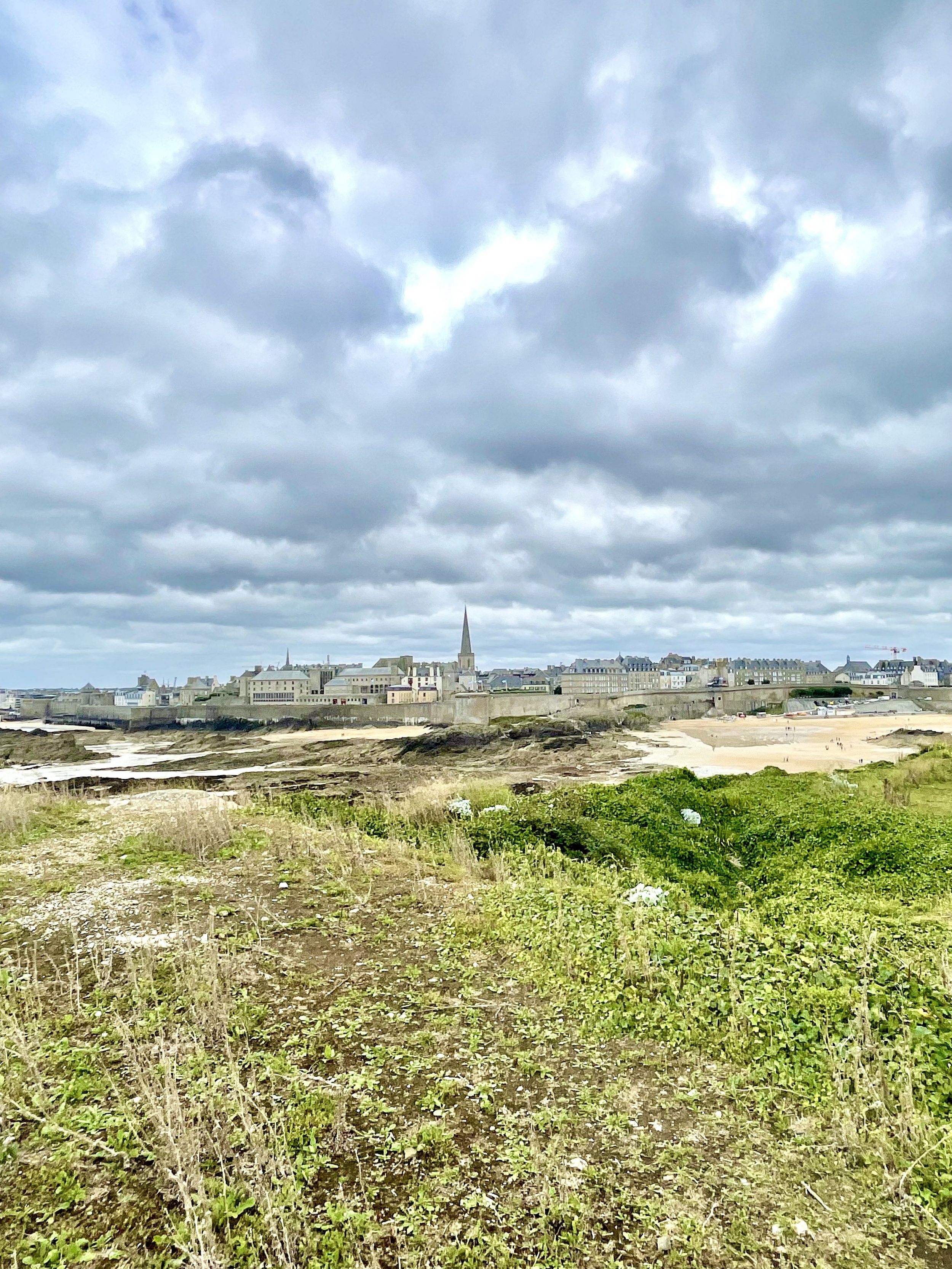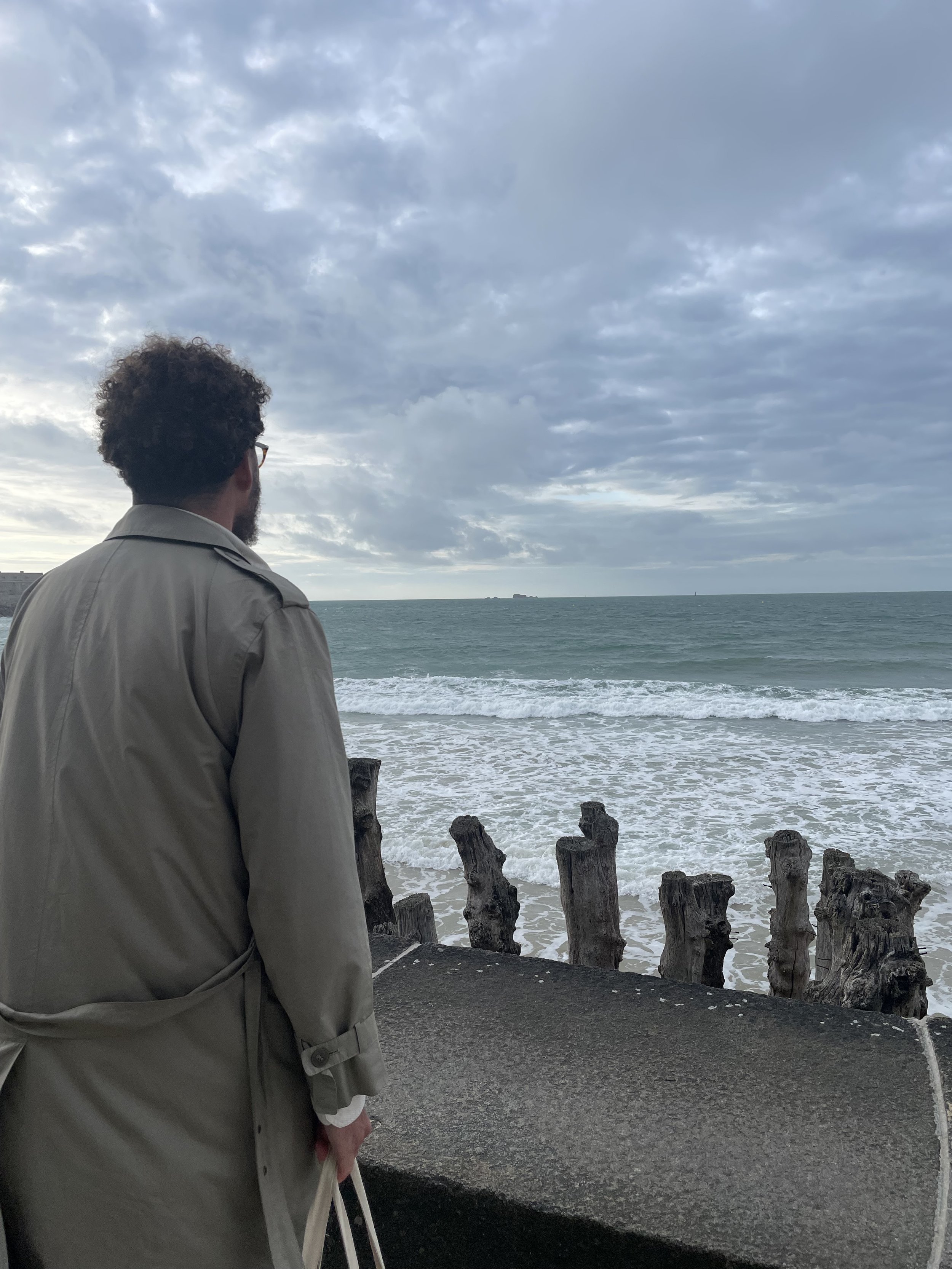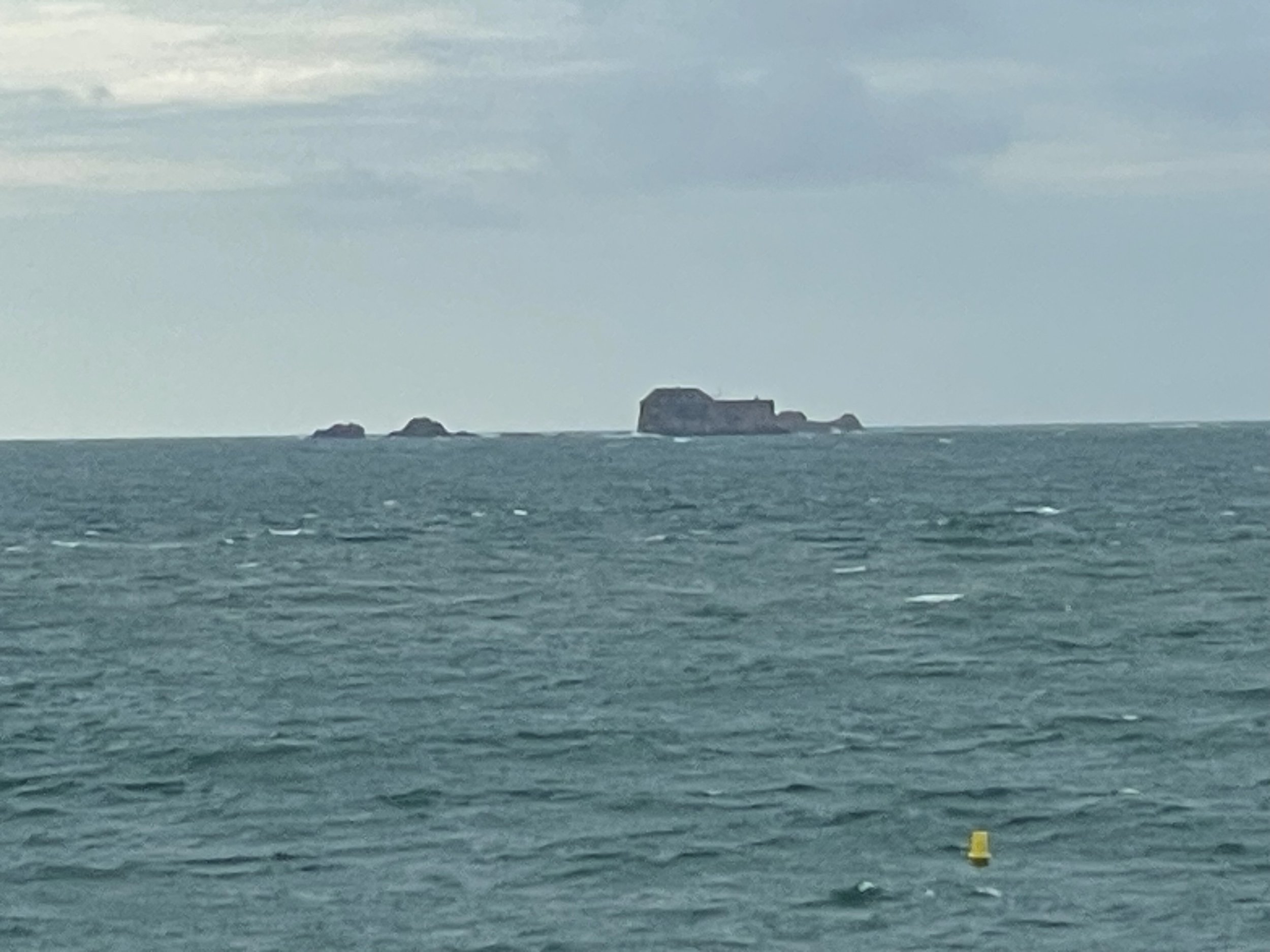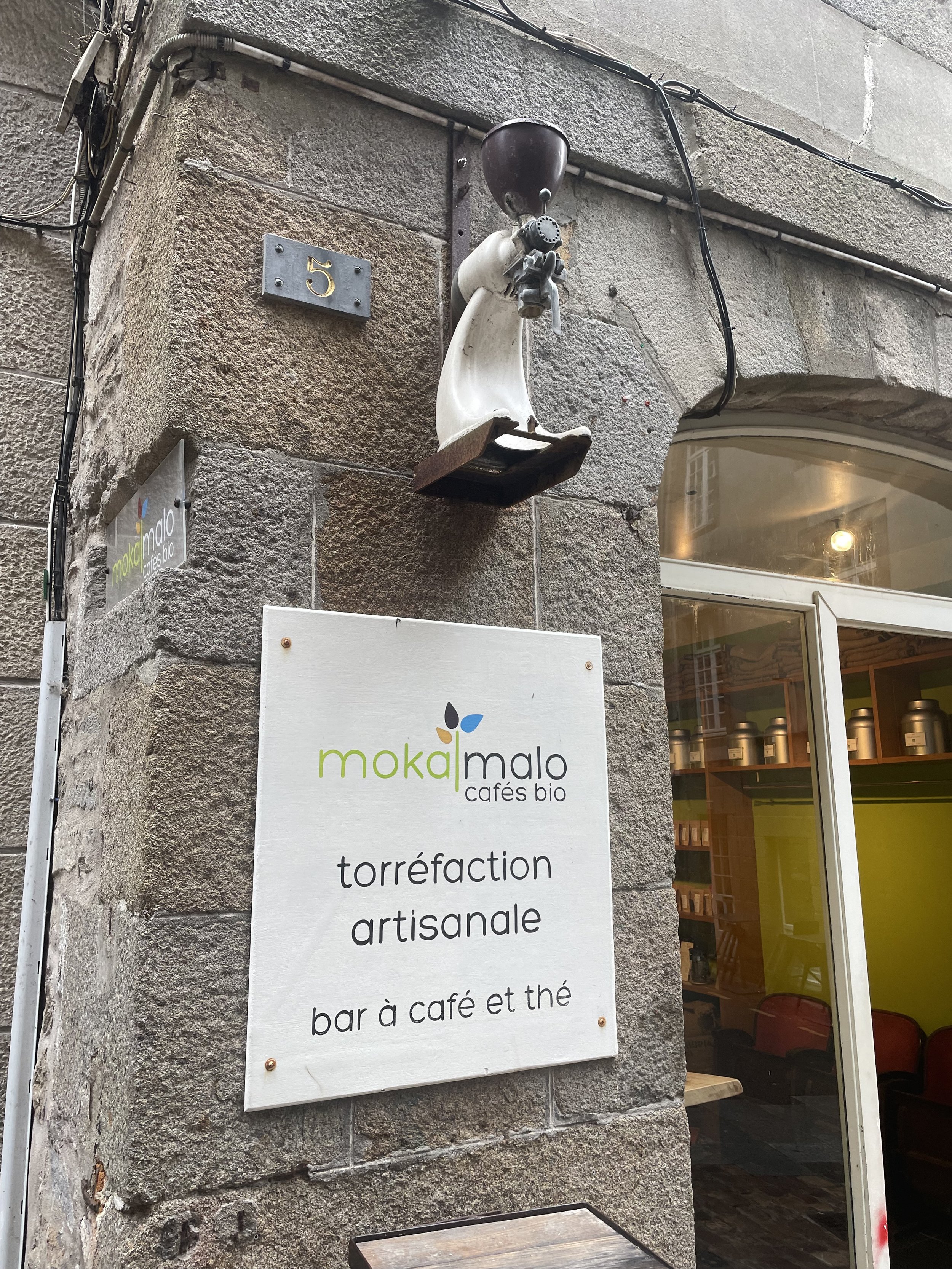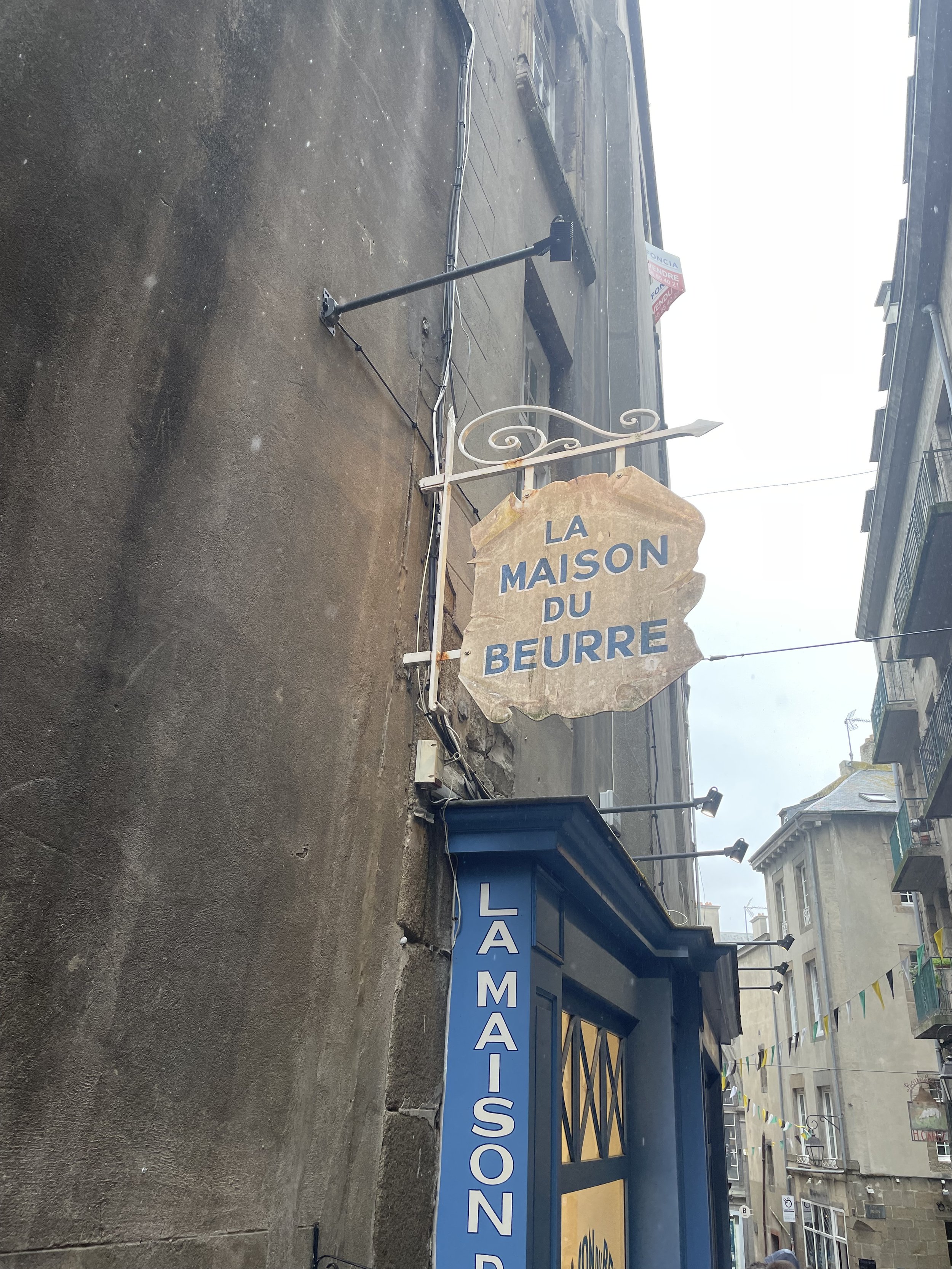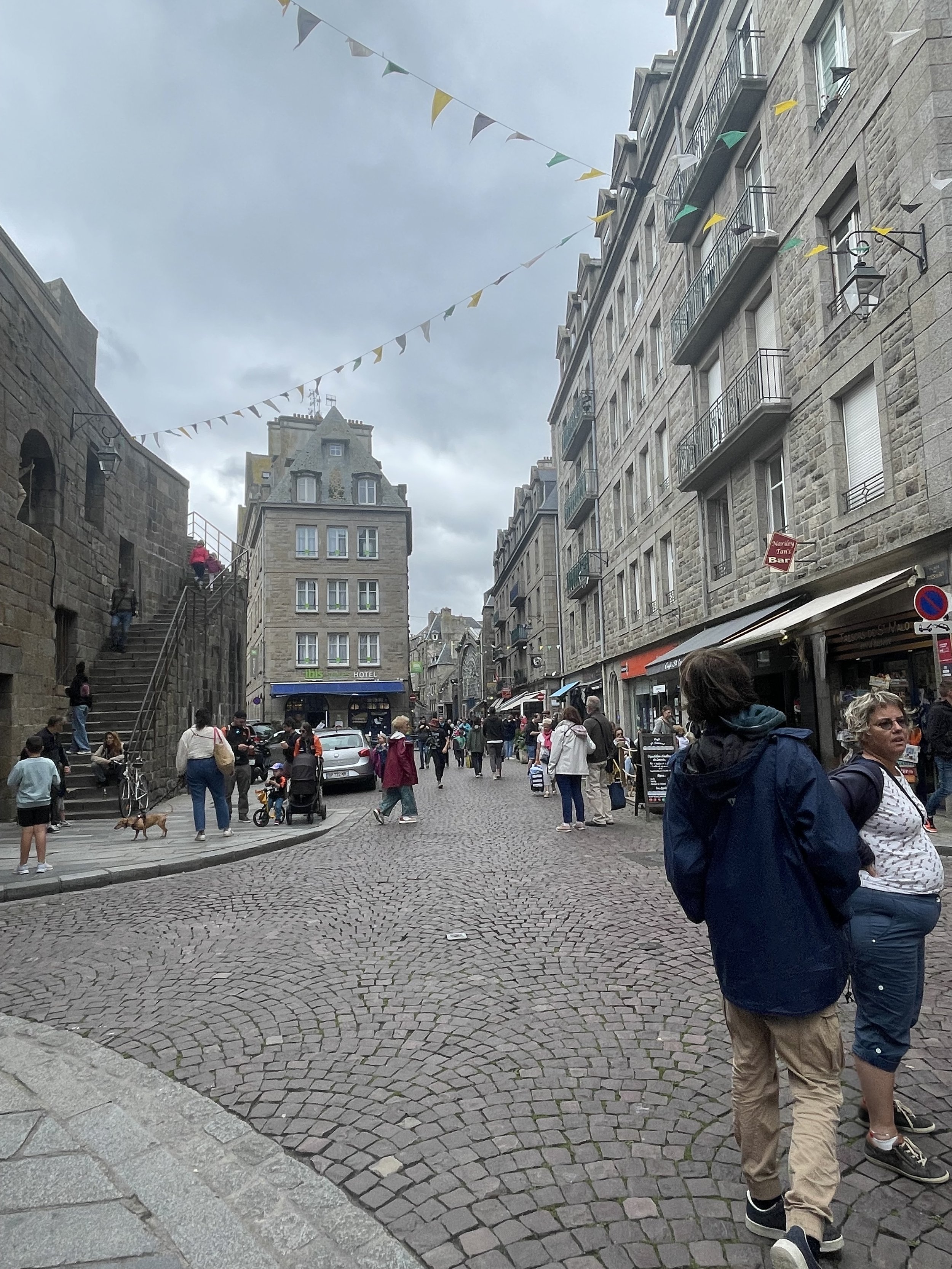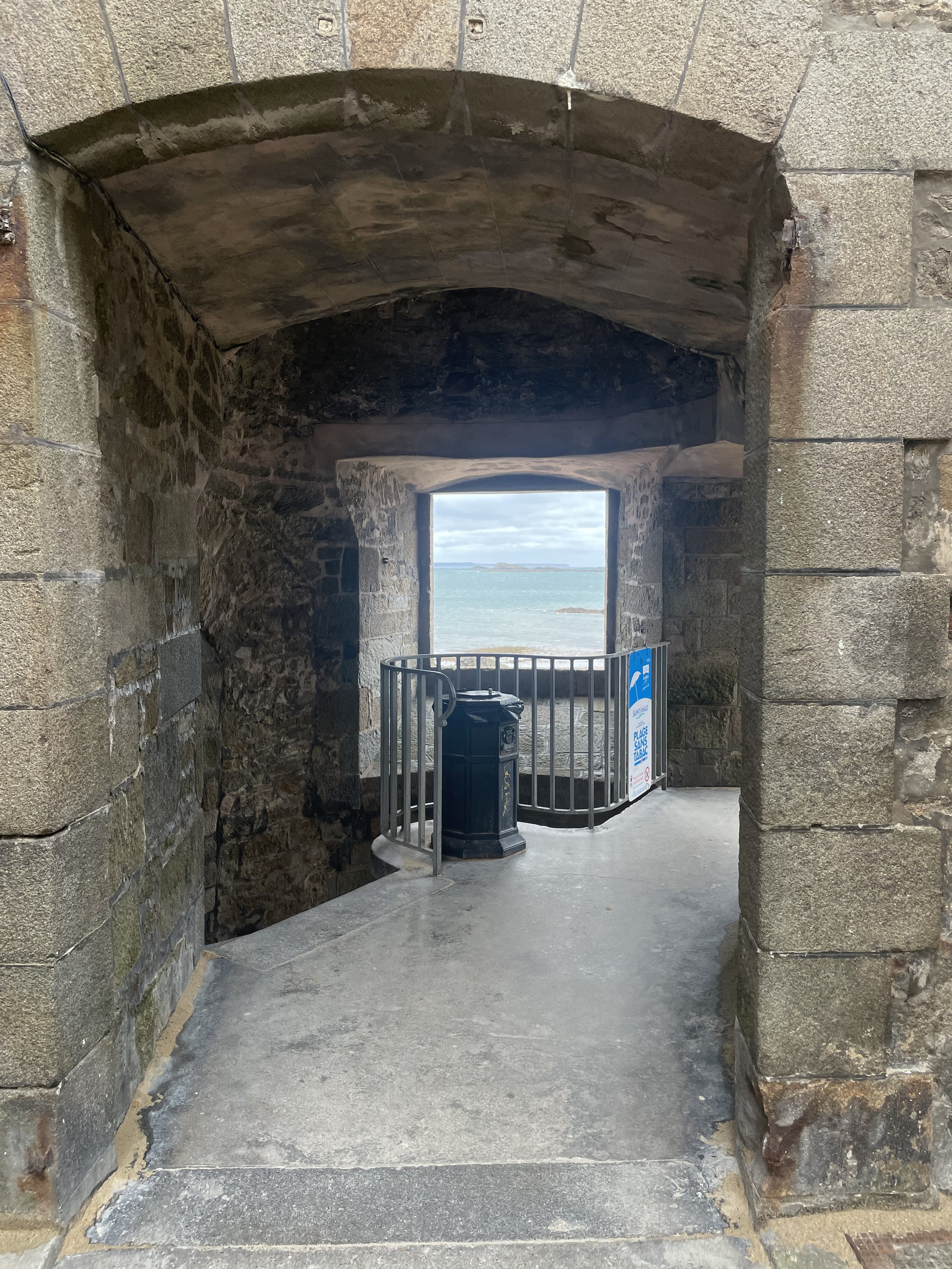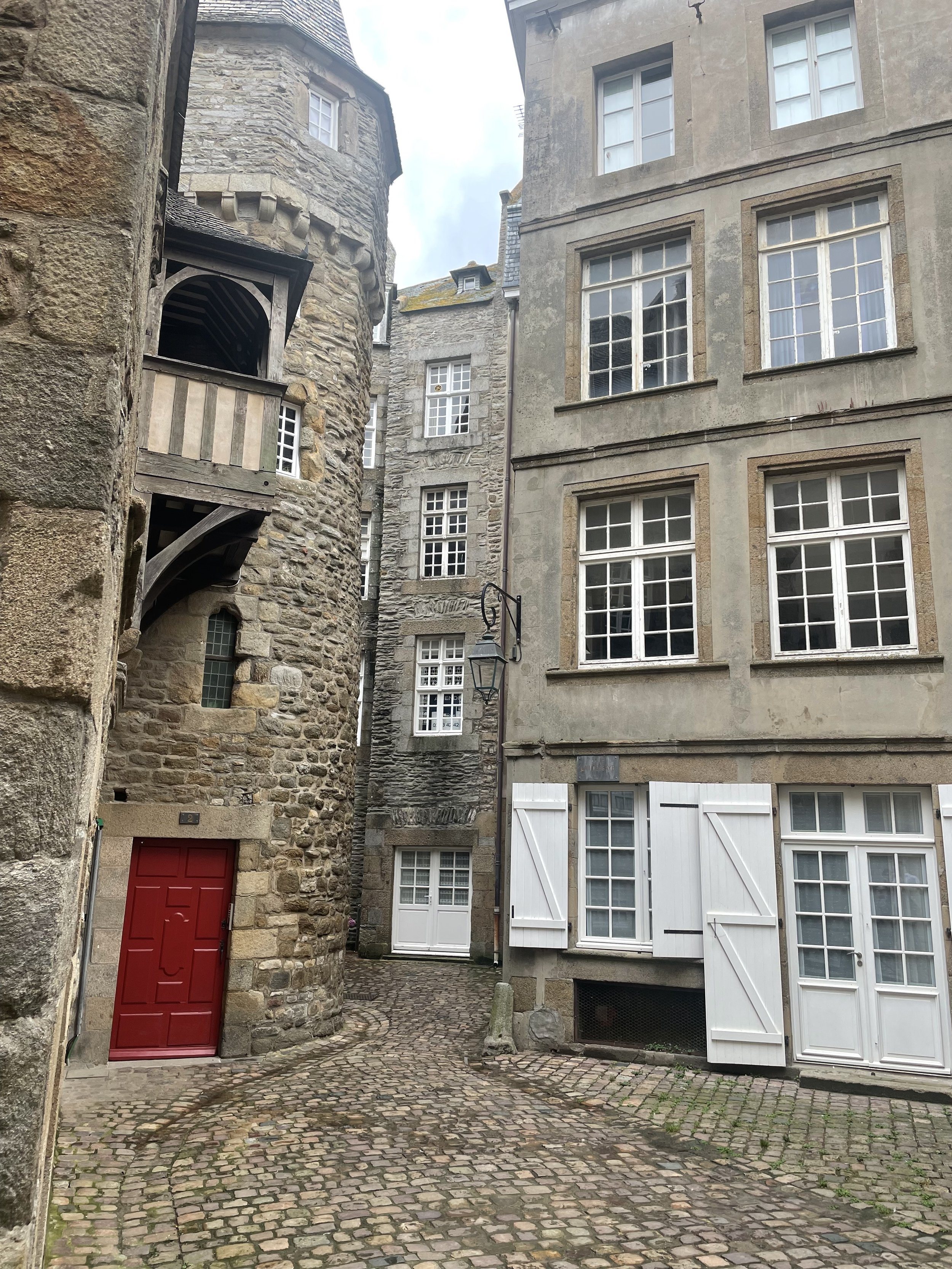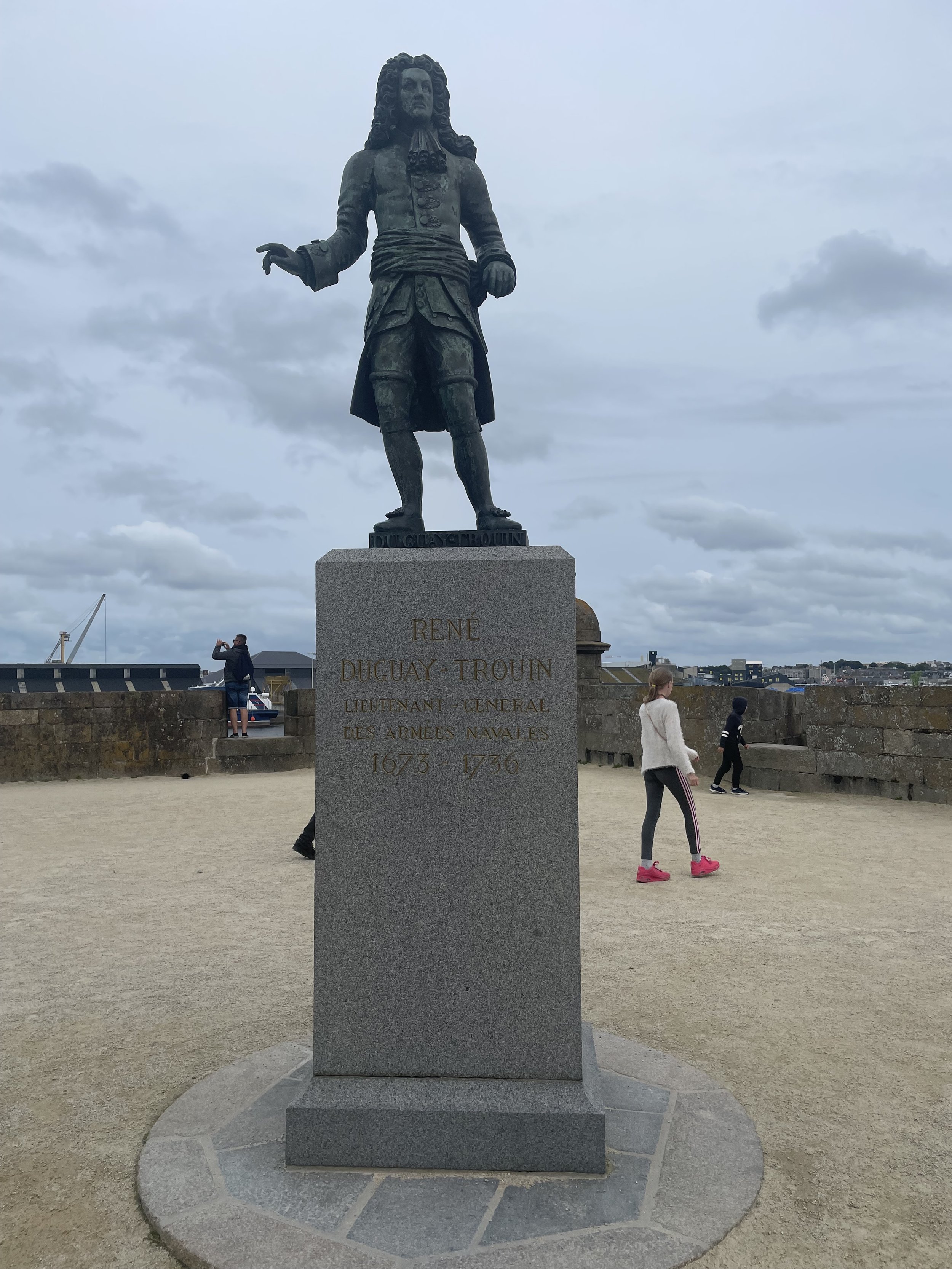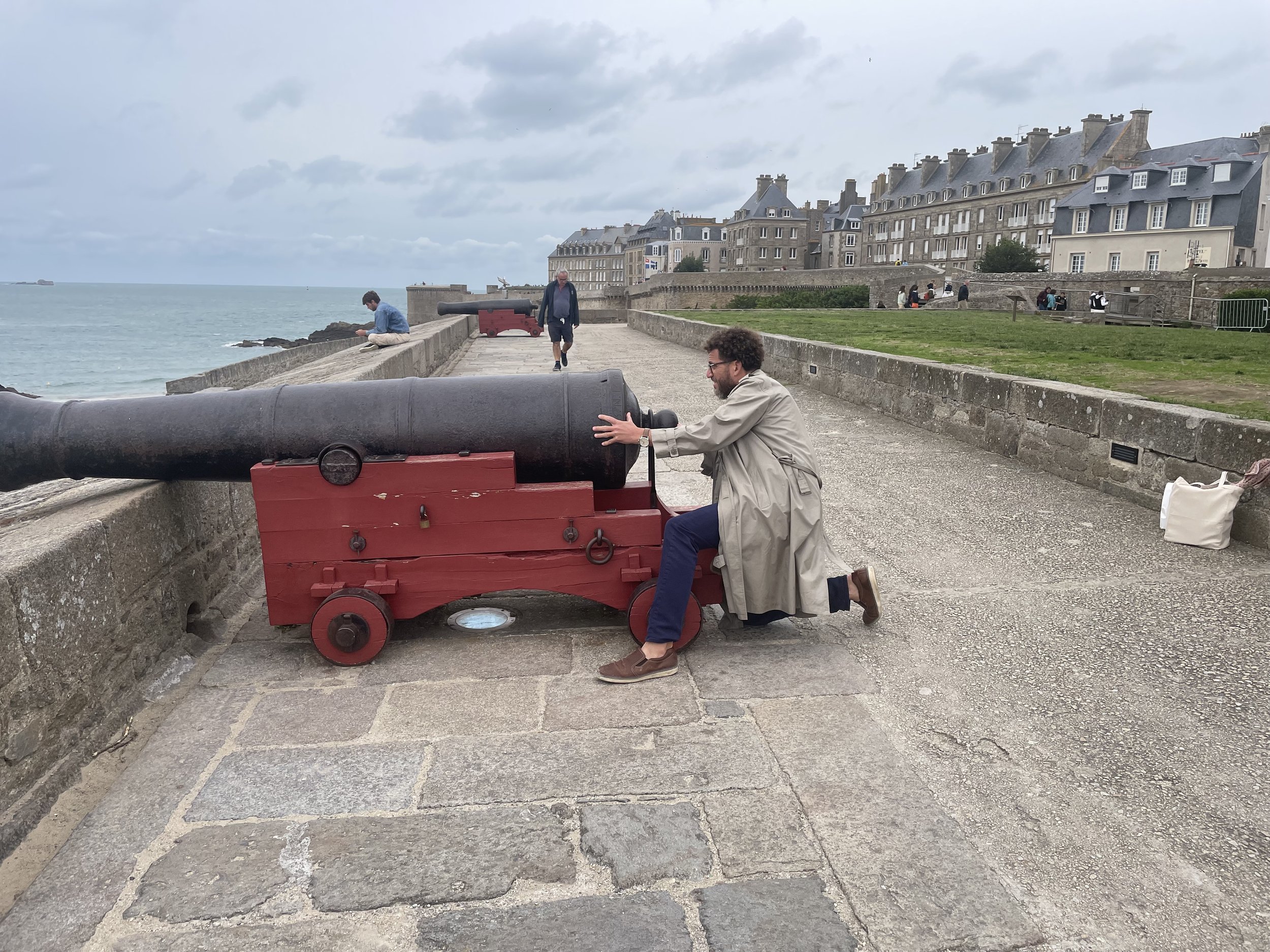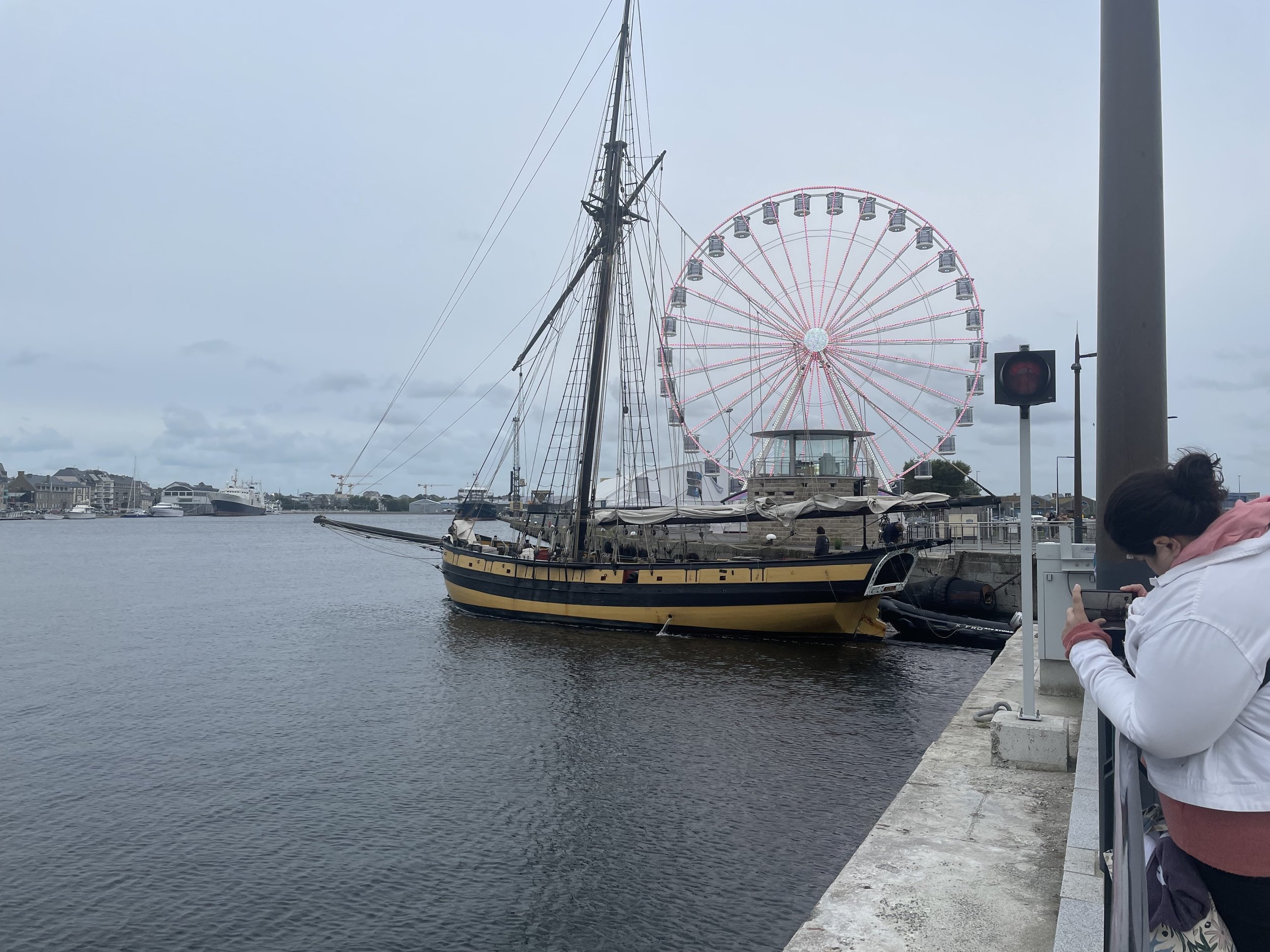The Shores of Saint-Malo
Picture taken from the rampart of the old city.
Saint-Malo, a walled city on the French coast of the English Channel, was the port from which the first slave ship to Louisiana departed.
The slave trade to Louisiana was organized by the Company of the Indies (more about them in my last entry). Most of the companies voyages to West Africa went to Senegal. However, The first two voyages were organized by the Company of the West before it was incorporated into the Company of the Indies. Two ships named L’Aurore and le Duc du Maine left St. Malo together during the summer of 1718 and picked up their “cargo” at Benin.
The captains were instructed to try to purchase several West African’s who knew how to cultivate rice and three or four barrels of rice for seeding, which they were to give to the directors of the company upon their arrival in Louisiana. Subsequently, rice became an important food staple in French Louisiana and was at times exported.
l’Aurore arrived in Benin on October 18, 1718 (the year New Orleans was founded).
Fiche de Desarmement of l’Aurore and le Duc du Maine, the first two African slave-trade ships to Louisiana, dated October 4, 1719
l’Aurore departed Benin on November 30, 1718, with 201 slaves. When these ships arrived they docked up on Dauphin Island. Le Duc du Maine, lead by Capt de Lauduoine landed 250 in Louisiana. The voyage ended in Lorient, France.
My next journey is going to be to Dakar. Most of French ships headed to West Africa to bring enslaved peoples to Louisiana went to Senegal. My goal in these travels is to not only trace the origins of my city, but to also understand the complexities of colonization and their effects on economics, privilege, and the sociological issues that are a reality in New Orleans, Louisiana, and American culture.
- Eric Gabourel
Eric Gabourel, the author, near the entrance of the walled city of Saint-Malo, France

